“Τα ψηφιακά εργαλεία αλλάζουν σχεδόν καθημερινά, Οι καθηγητές και οι μαθητές την εκμάθηση αυτών των νέων τεχνολογιών από κοινού, η οποία παρέχει ένα hands-on, συνεργατική εμπειρία μάθησης.” – Cleary Vaughan-Lee
Ιστορίες μας φέρει σε επαφή, και επειδή 2006, Το Παγκόσμιο Ενότητα Έργων έχει επικεντρωθεί στην αφήγηση για την παγκόσμια πολιτισμούς ως εργαλείο για να βοηθήσει τους μαθητές να κατανοήσουν τον κόσμο τους καλύτερα. Το έργο παράγει ταινίες ντοκιμαντέρ που λένε μέσα από τις φωνές των ατόμων και των κοινοτήτων. Θα πρέπει να θέσει «ένα ανθρώπινο πρόσωπο στην παγκόσμια θέματα,»Εξηγεί ο εκτελεστικός διευθυντής Cleary Vaughan-Lee. Each story must reflect “universal values, such as resilience, ποικιλία, ευθύνη, and love.” Films transport us. Students can meet “an indigenous fisherman in Alaska experiencing the decline of his subsistence lifestyle, a young Syrian refugee who fled imprisonment and war to seek political asylum in Canada, or a community living in Flint, Michigan suffering from the impacts of the water crisis.” Learning about these cross-cultural experiences teach students to “question the world” while “reflecting on their own perspectives and lives.”
Cleary Vaughan-Lee founded the education arm of the Global Oneness Project in 2010, όπου είναι ο Διευθυντής Εκπαίδευσης. Η Σφαιρική Αναζήτηση για Εκπαίδευση είναι στην ευχάριστη θέση να καλωσορίσω Cleary Vaughan-Lee για να μιλήσουμε για την ανάπτυξη του καθηλωτική αφήγηση ως παγκόσμιο εργαλείο μάθησης.
“Σε μένα, είναι ένας πολίτης του κόσμου είναι να σκεφτούμε είναι μέλος του κόσμου. Για να είναι ένας παγκόσμιος πολίτης είναι να νοιάζονται για τους ανθρώπους και τη γη που είναι το σπίτι μας.” – Cleary Vaughan-Lee
Cleary, πώς έχει το e-learning εξελιχθεί από τότε που ξεκίνησε το 2005? Τι διαφορές έχετε δει στον τρόπο διδασκαλίας που χρησιμοποιούμε σήμερα για την ενίσχυση της μάθησης σε σχέση με όταν ξεκίνησε?
E-learning and the media landscape has changed and evolved rapidly over the last decade.
Since the mid-2000’s, with the creation of YouTube and the first iPhone, many students now have increased access to global learning from online and digital resources and can be exposed to the world so much faster.
In the last decade, we’ve seen e-learning expand with blended learning, flipped classroom models, media creation tools, and open educational resources (OER). We’ve specifically seen a shift with video content being used five or six years ago as a source of entertainment to now being integrated into a classroom’s curriculum. Multimedia can help to strengthen 21st-century learning skills, including media and information literacy, while addressing instructional goals.
Rather than being seen as an external source, multimedia storytelling is now being used as multimodal sources to strengthen literacy skills and address cultural awareness.
Digital content providers and e-learning platforms have expanded exponentially in the last decade. Platforms like Khan Academy, Μάθημα Share μου, PBS Μάθησης Media, National Geographic, Το Δίκτυο New York Times Μάθησης, Edmodo, and TED-Ed offer a variety of rich content that is accessible for any grade level or subject. Google tools—including Classroom, Slides, and Docs—have also grown to support teachers in creating assignments as well as ways to communicate with students.
Τα ψηφιακά εργαλεία αλλάζουν σχεδόν καθημερινά, Οι καθηγητές και οι μαθητές την εκμάθηση αυτών των νέων τεχνολογιών από κοινού, η οποία παρέχει ένα hands-on, collaborative learning experience.
What does it mean to be a global citizen?
This is a question I consider frequently. Σε μένα, είναι ένας πολίτης του κόσμου είναι να σκεφτούμε είναι μέλος του κόσμου. To be a global citizen is to care about the people and land that is our home. The Asia Society defines global competence by actively engaging students with the following core components: investigating the world, weighing perspectives, communicating ideas, and taking action. We incorporate these components into our lesson plans.
Our stories and lessons are being used in grades 5 -12 in multiple subject areas in the arts, επιστήμες, and social sciences. Students are exposed to the world’s cultures, which bring the world to the classroom to students who have not yet traveled outside of their local environments. Some of the global issues explored in our stories and lessons include the following: την αλλαγή του κλίματος, cultural displacement, corporate abuses, cultural preservation, food insecurity, παγκοσμιοποίηση, ανθρώπινα δικαιώματα, μετανάστευση, language loss, μετανάστευση, modernization, φτώχεια, and sustainability. Through the stories, students can connect to a world much bigger than the one they know, ask global to local questions, and think of potential solutions.
How can we prepare students to become perceptive and engaging global citizens? One of my favorite films, which gets to the heart of global citizenship, είναι Γη. The film tells the story of the Earthrise photograph, taken in 1968 on the Apollo 8 mission. Told solely by the Apollo 8 astronauts, the film captures the beauty, awe, and grandeur of the Earth against the blackness of space. This was the first time in history that humanity witnessed the Earth as one ecosystem and one shared home.
Μου αρέσει ιδιαίτερα αυτό το πέρασμα από τον διευθυντή του Γη, Εμμανουήλ Vaughan-Lee. έγραψε, «Ήθελα να δημιουργήσω αυτή την ανθρώπινη σχέση με τη Γη…Ήθελα να διερευνήσει πώς να αισθάνονται και να βεβαιώσει τη Γη ως το σπίτι μας τον τρόπο με τον Απόλλωνα 8 αστροναύτες είχαν. Ήθελα να μοιραστώ το δέος και την ομορφιά που είχαν βιώσει, για να θυμηθούμε τη δύναμη του που μοιράζεται με τον κόσμο αυτή την εικόνα.»
Our Project aims to make connections that highlight humanity’s interconnectedness on multiple levels to allow students to develop empathy and care for our world. Getting to the heart of global learning is making global issues relevant and accessible for students to evolve as self-confident global citizens.
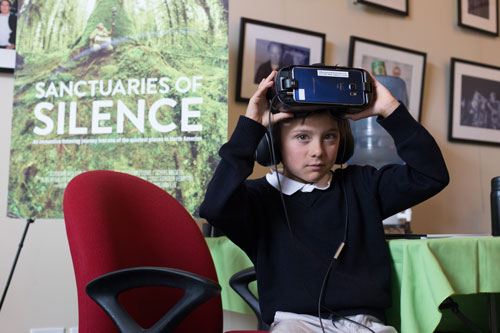
“Many teachers are creating PBL projects using our stories as a foundation.” – Cleary Vaughan-Lee
A teacher wants to implement the Global Oneness Project program in his/her curriculum. How does she/he get started?
Πρώτα, I would recommend viewing this short video clip, which provides an overview of the Project. Τότε, to get an overview of the stories we tell, watch this 3-minute film reel.
Our website contains over 50 short documentary films, ranging in length from 3-25 πρακτικά, and over 40 photo essays, which geographically span the globe and represent communities on every continent. All of resources are free; you do need internet access. You might be a social science educator looking for a story from a particular region in the world or an English language arts teacher looking for ways to bring in a specific theme that connects to the curriculum’s reading assignments. School districts have also added our resources into their curriculum maps.
To start, I always recommend choosing a story that inspires the educator. All of our stories highlight elements of culture including family, religion and beliefs, Γλώσσα, societal rules, οικονομολογία, λογοτεχνία, and traditions. Τις περισσότερες φορές, in our professional development workshops, educators share their own cultural heritage stories after watching a film. These stories make their way back to the classroom, providing meaningful connections. One story many educators begin with is Λεξικό της Μαρίας.
Πόση επιλογή μαθητή και φωνή μαθητή είναι ενσωματωμένη στο πρόγραμμά σας για αίθουσες διδασκαλίας?
The stories on our website are curated into various collections, including ones on migration, την αλλαγή του κλίματος, endangered cultures, nature, inspiring people, και τη δημιουργικότητα. We frequently create additional collections on specific themes, such as ones on youth perspectives, ενσυναίσθηση, breaking down stereotypes, family traditions, and identity and place. These collections are used by educators, specific to their subject focus and instructional goals, and provide ways for students to select a story of their choice.
Many teachers are creating PBL projects using our stories as a foundation. Students choose a story, surrounding a particular theme or global issues, conduct research, κανε ερωτησεις, respond to writing prompts, and present their findings in their classroom or during school-wide events. Projects take the shape of public service announcements, short films, ποίηση, φωτογραφία, and letters to the filmmakers or to community leaders. Our films are also used in classrooms or during school-wide film festivals or screenings. Students then host panel discussions with their communities to think deeper about global issues and offer potential solutions.
“How can students contribute to creating a better world? There is an urgency to address this question.” – Cleary Vaughan-Lee
Ποιες είναι οι μεγαλύτερες προκλήσεις που έχετε αντιμετωπίσει?
One of the biggest challenges we face is staying up to date with emerging technologies. The technology of virtual reality, για παράδειγμα, is not yet accessible to the mainstream. What role will these technologies have on the future of education?
What can we expect from the Global Oneness Project in the next 10 χρόνια? Ποια είναι τα βασικά τους στόχους σας?
We’ll need stories that highlight our common humanity as much as we need them now. How can we challenge students to create more solutions-based thinking towards some of our most pressing global issues? We will ask ourselves this question as we move forward.
We will continue to offer educators and students free tools and resources to explore universal values through immersive storytelling. It is our hope that these stories will inspire teachers to approach learning from a personal perspective and encourage students to make informed decisions, persist through challenges, become effective problem solvers as well as cultural and environmental stewards. How can students contribute to creating a better world? There is an urgency to address this question.
C. M. Rubin and Cleary Vaughan-Lee
Σας ευχαριστούμε για μας 800 συν παγκόσμια συνεισφέροντες, δάσκαλοι, επιχειρηματίες, ερευνητές, οι ηγέτες των επιχειρήσεων, οι μαθητές και οι ηγέτες της σκέψης από κάθε τομέα για την ανταλλαγή προοπτικές σας για το μέλλον της μάθησης με Η Σφαιρική Αναζήτηση για Εκπαίδευση κάθε μήνα.
C. M. Rubin (Cathy) Είναι ο ιδρυτής της CMRubinWorld, μια ηλεκτρονική εκδοτική εταιρεία επικεντρώθηκε στο μέλλον της παγκόσμιας μάθησης και συν-ιδρυτής του πλανήτη στην τάξη. Είναι συγγραφέας τριών βιβλίων best-seller και δύο ευρέως διαβάσει σε απευθείας σύνδεση σειρά. Rubin έλαβε 3 Upton Sinclair βραβεία για το «The Σφαιρική Αναζήτηση για την Παιδεία». Η σειρά που υποστηρίζει για όλους τους μαθητές ξεκίνησε το 2010 και συγκεντρώνει διακεκριμένους ηγέτες σκέψης από όλο τον κόσμο για να διερευνήσει τα βασικά ζητήματα της εκπαίδευσης που αντιμετωπίζουν οι χώρες.
Ακολουθήστε C. M. Rubin στο Twitter: www.twitter.com/@cmrubinworld
Η Παγκόσμια αναζήτηση για την Εκπαίδευση της Κοινότητας Σελίδα

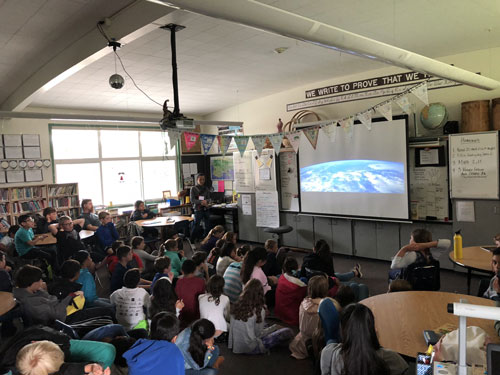
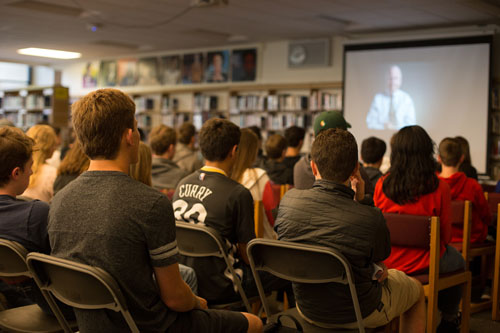
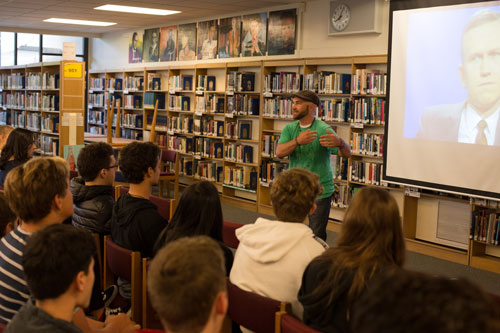
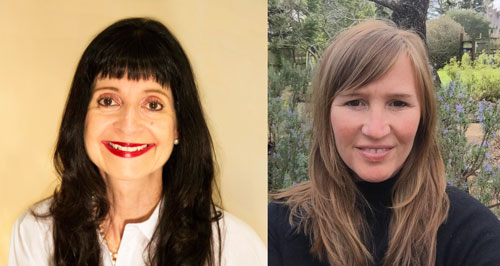
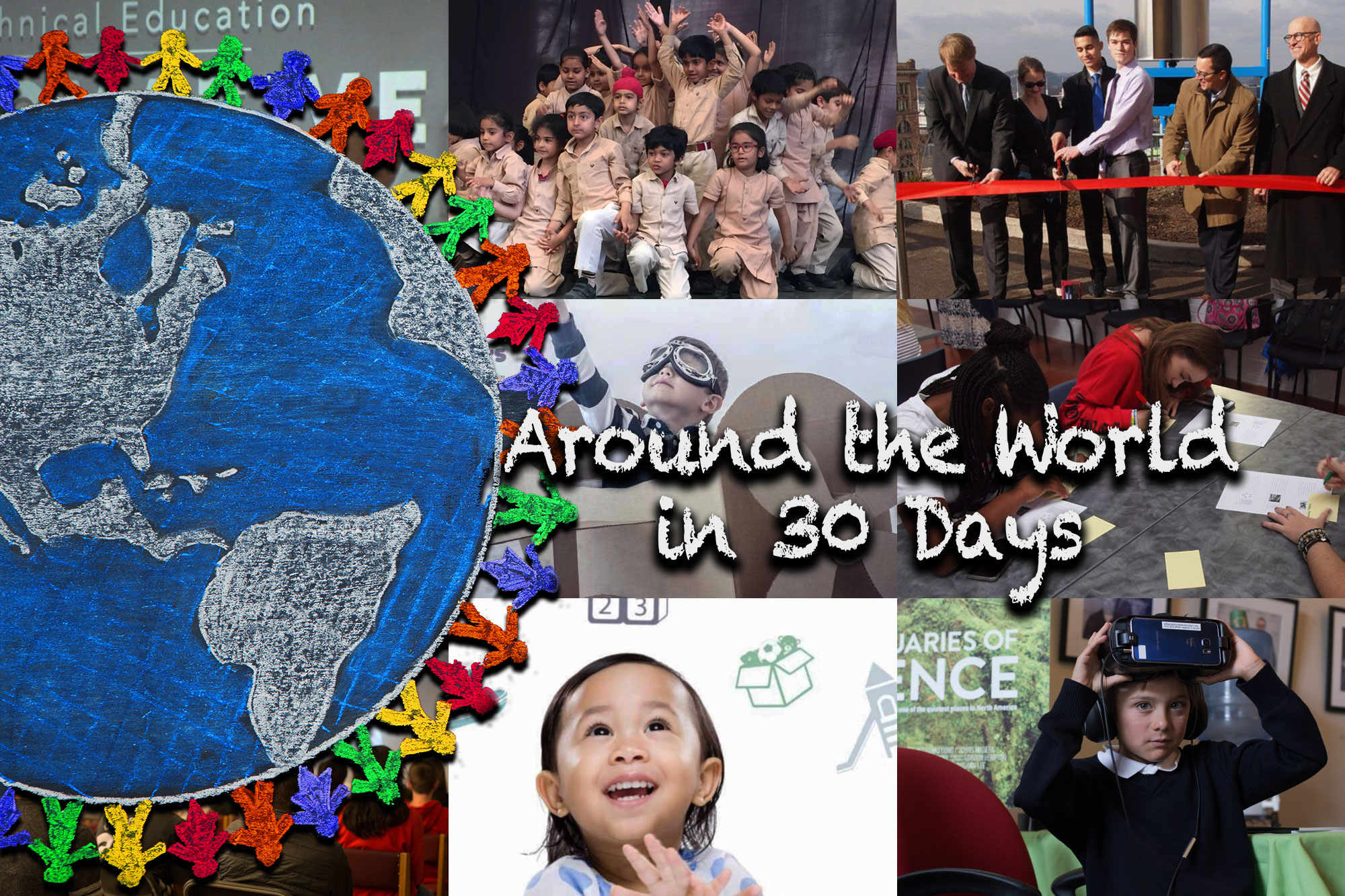
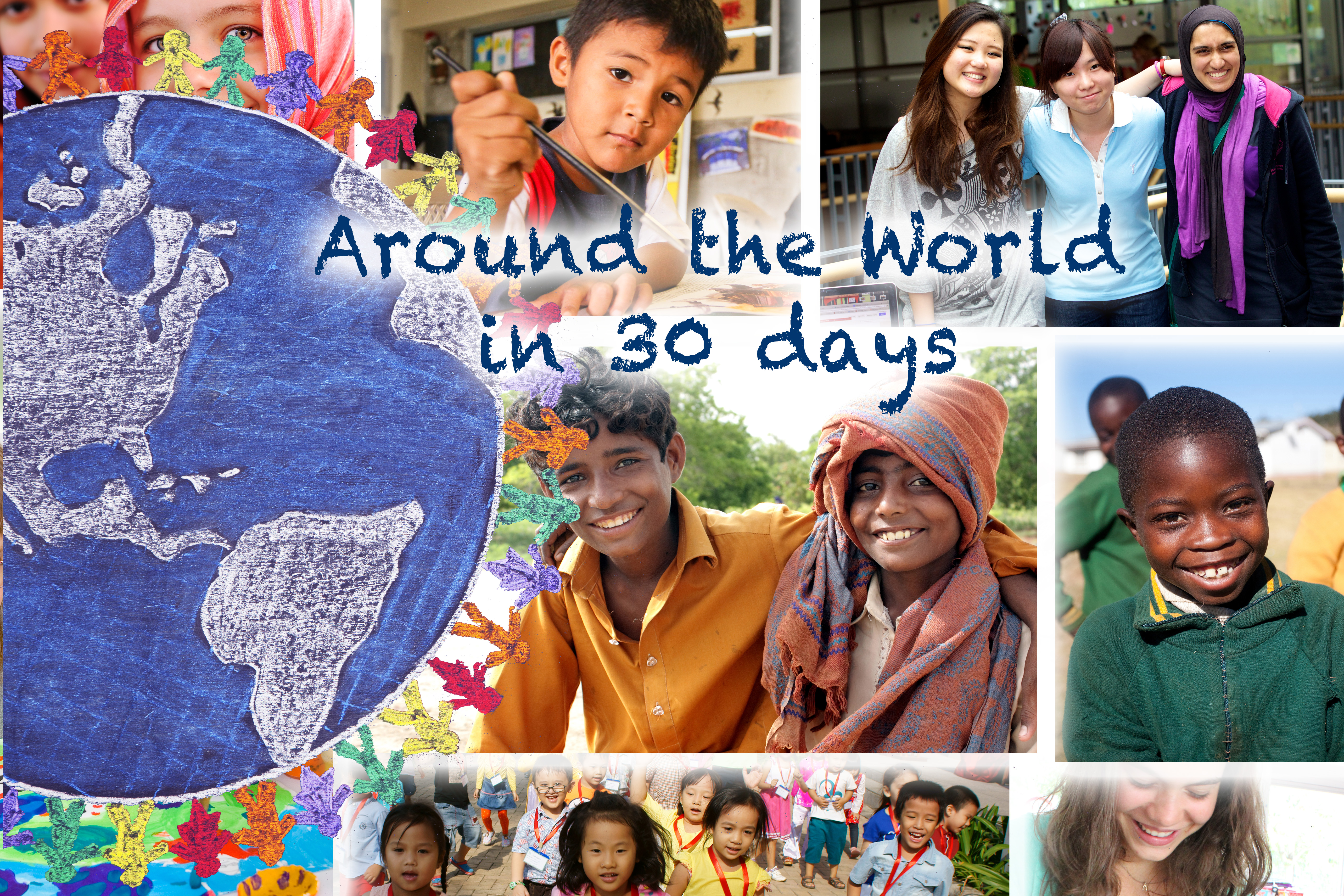
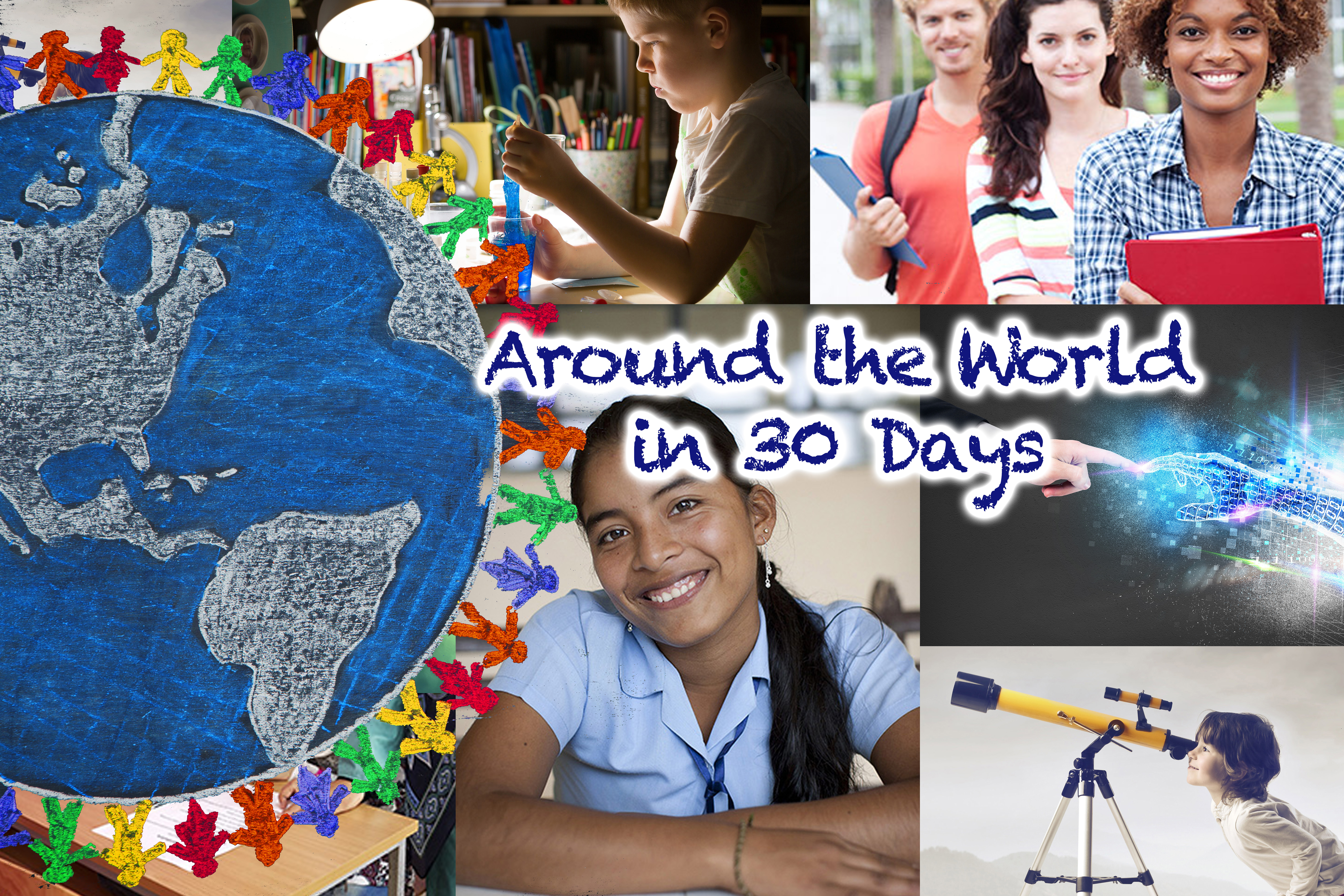
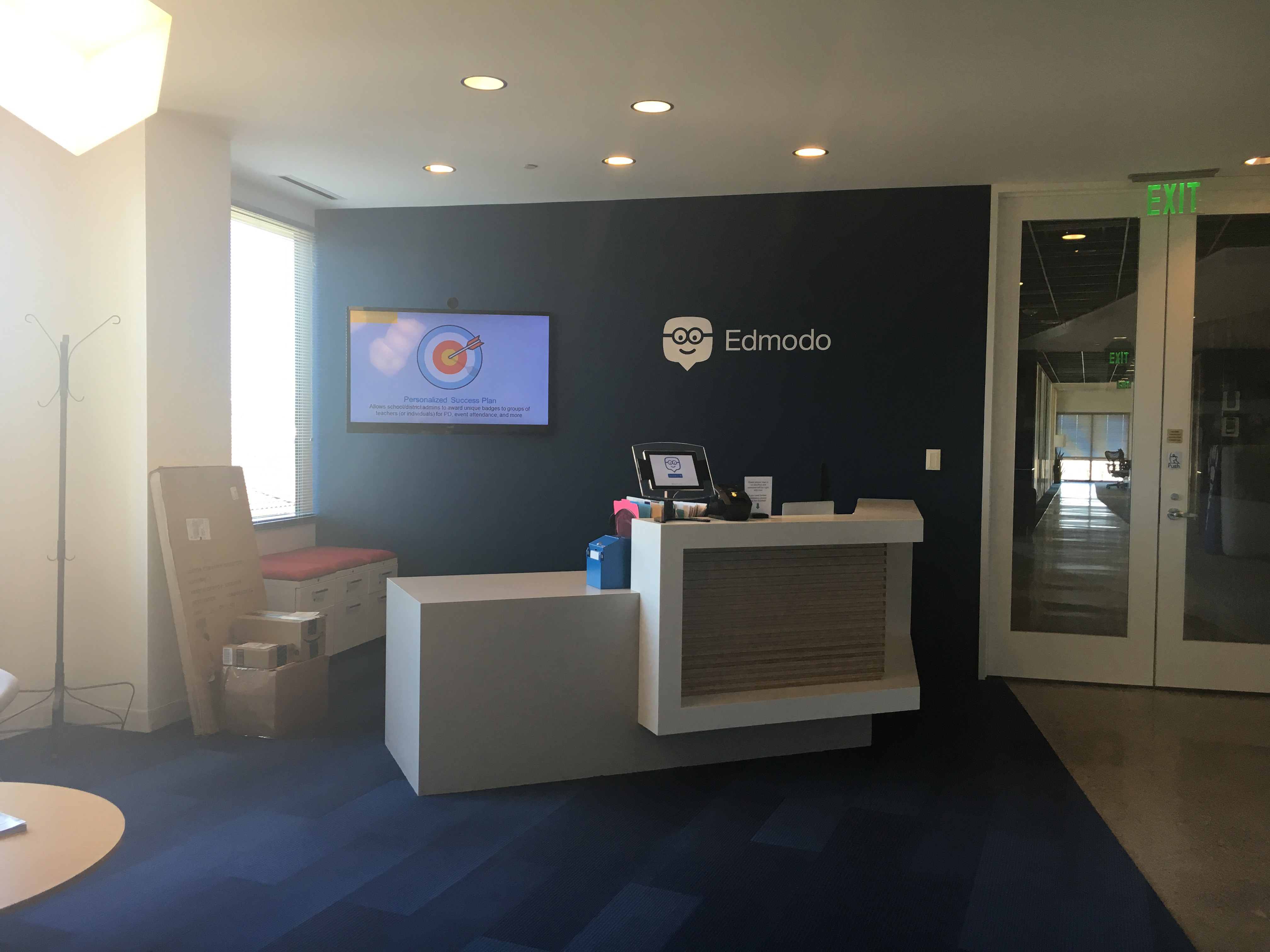
Πρόσφατα σχόλια